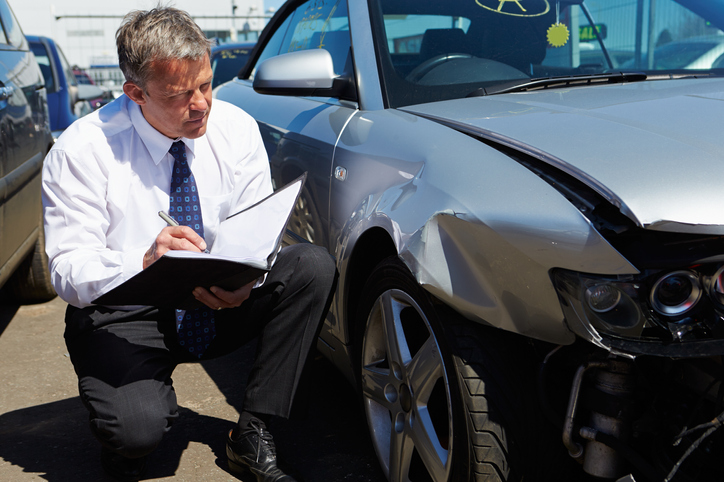
Car accident damages fall into one of two categories: economic and non-economic damages. Economic damages include things like medical bills, car repairs, and lost income. These types of damages are usually easy to prove. Non-economic damages are more difficult as they don’t include an objective “dollar amount.” These damages include compensation for pain and suffering after a car accident.
In Utah, pain and suffering is a legal term that refers to the various injuries the victim sustained after a car accident. It considers both the physical and emotional pain that the plaintiff is suffering from due to the accident. In most cases, the plaintiff is entitled to some type of compensation to help cover pain and suffering damages.
Here, we’ll discuss examples of pain and suffering damages, who can file a claim, and how to figure out pain and suffering after an auto accident.
Examples of Pain and Suffering
Even if you’ve been in a small car accident with minor injuries, you may still be entitled to compensation. Car accident pain and suffering examples include:
- Emotional distress, such as anxiety, depression, or PTSD
- Physical pain due to injury
- Permanent disability or impairment
- Emotional pain from disfigurement or scarring
- Damage to reputation or humiliation
- Mental pain or anguish
To file for pain and suffering, you have to show that the injuries you sustained during your accident severely altered your way of life. For example, if your accident resulted in full or partial paralysis, limb amputation, severe burns on parts of the body, loss of speech, or traumatic head injuries, you can file for pain and suffering.
Who Can Recover Pain and Suffering Damages in Utah?
Anyone who has been injured in a car accident can sue for pain and suffering in the state of Utah as long as the injuries were caused by another person. To claim auto accident pain and suffering, you’ll have to provide your injury lawyer with documents that prove your injuries, such as medical records, medical bills, official medical prognosis, and expert testimony. Your lawyer may also gather witnesses, police reports, and income documents to help establish a monetary value for your injuries.
Factors that Help Calculate Pain and Suffering
Figuring pain and suffering after an auto accident can be tricky as there are many factors that are considered as part of your personal injury claim. In Utah, some of the factors include:
- The type and seriousness of the injuries
- Recovery time
- Victim’s total out-of-pocket expenses, including medical bills and lost wages
- Who was at fault for the accident
- How the injuries are continuing to impact the victim
- Future damages, such as medical bills, rehab, or lost income
- Whether the victim’s day-to-day life has been seriously altered due to the injuries
Jurors will consider each of these factors and more to help settle on an amount. Medical bills, police records, medical records, and income statements can all help a jury determine how much a victim should be compensated.
Find Out How Pain and Suffering Damages Affect Your Case
Don’t try to calculate car accident pain and suffering damages on your own. At Ipson Law, our professional personal injury attorneys will review every detail of your case to ensure you can fight for maximum compensation. We’ve worked on hundreds of pain and suffering cases and know how to work with insurance companies and navigate Utah’s legal system to get you the right amount of damages.
Contact Ipson Law today to get the maximum pain and suffering amount from your injury claim.

Michael is an attorney who started Ipson Law because of his passion for personal injury law. He graduated with a Juris Doctorate degree from McGeorge School of Law in Sacramento, CA. Learn more about Michael on our about us page, and contact Ipson Law to find out how we can help you.

